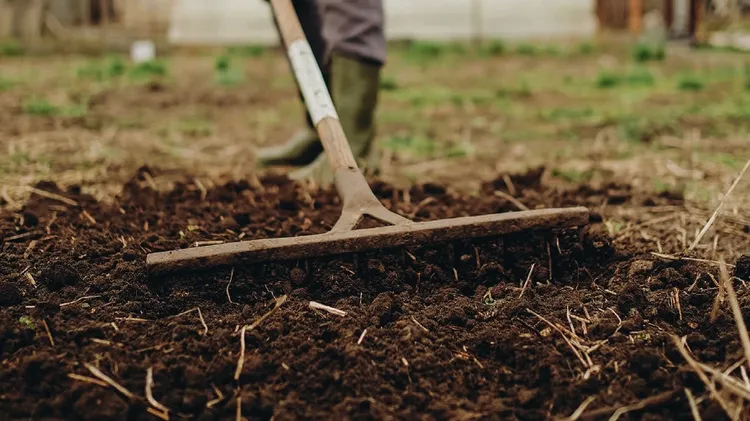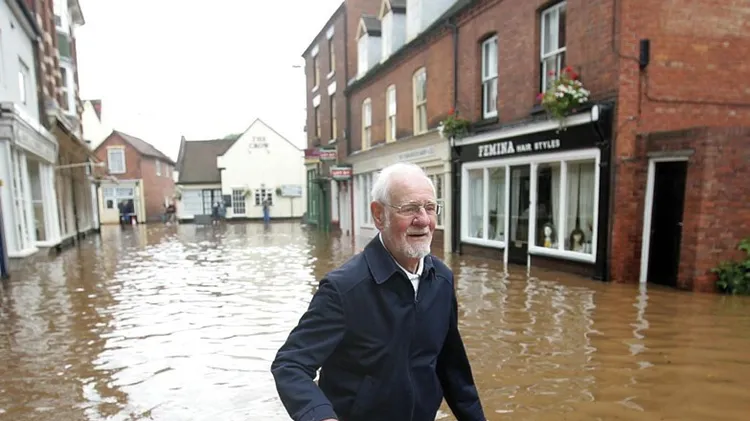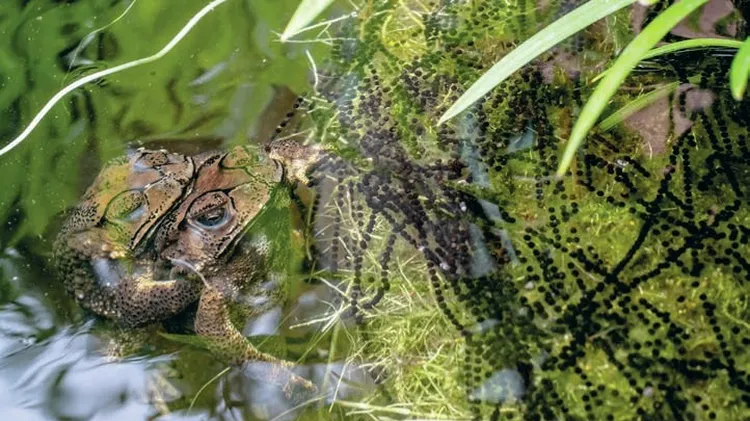Kim Stoddart and Sally Morganuncover on
The climate change garden: pests, diseases, and aliens
8 min read
This article is from...
Read this article and 8000+ more magazines and newspapers on Readly






